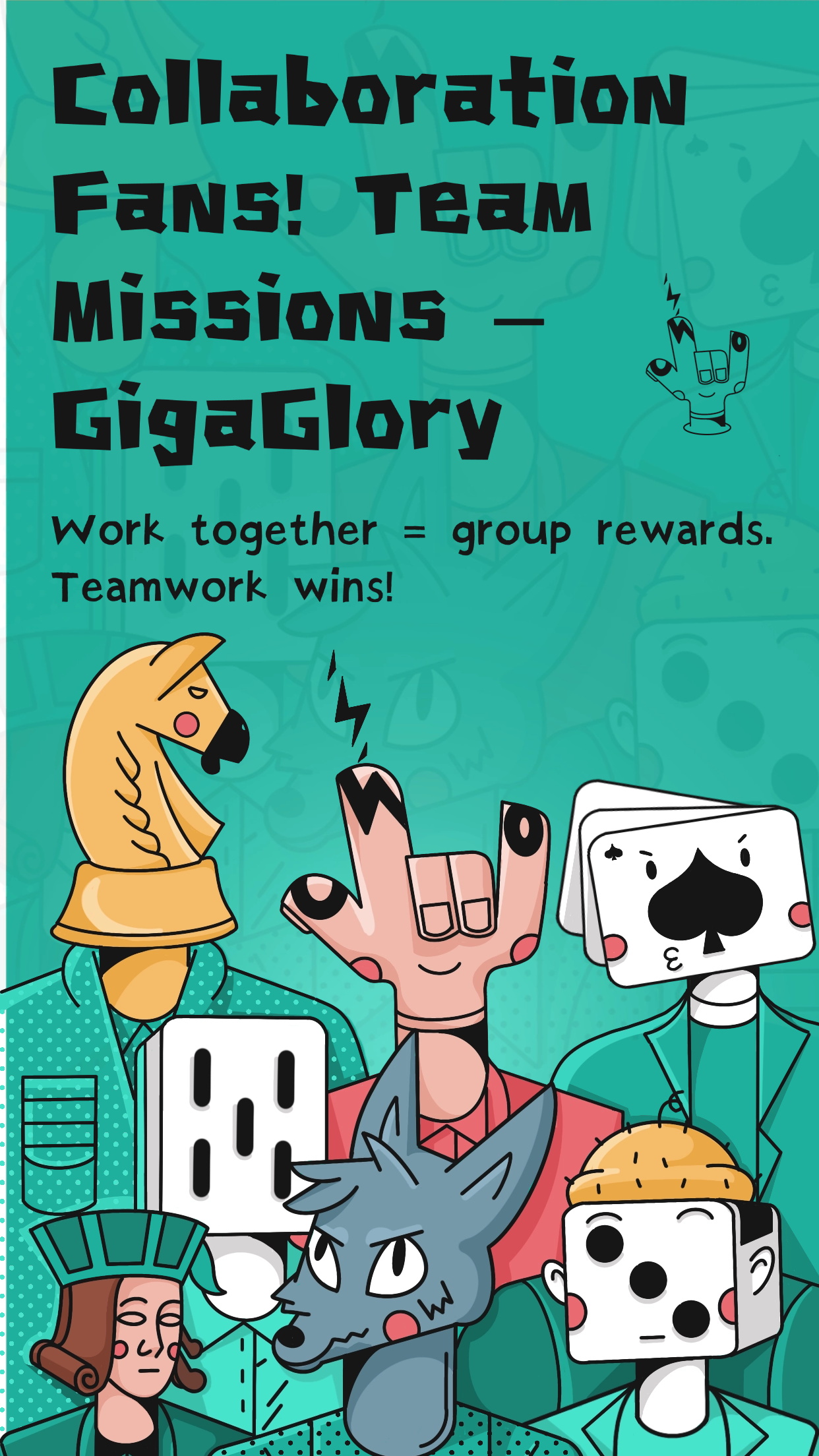Idle Games vs. Incremental Games: What’s Driving the Popularity of These Addictive Genres?
The world of gaming is vast and complex, filled with countless genres that cater to the diverse interests of players. Among these, two categories have captured a significant portion of the gaming community's attention: idle games and incremental games. Both are remarkably engaging in their own right, but what is the driving force behind their popularity? In this exploration, we shall unravel the layers of these genres, examine their appeal, and perhaps glimpse into the future of gaming itself.
Understanding Idle and Incremental Games
At first glance, idle games and incremental games might seem interchangeable, but a closer look unveils distinct differences. Idle games, often referred to as "clicker" games, offer a unique gameplay dynamic. Players initiate actions, allowing the game to progress even when they are not actively engaged. On the other hand, incremental games, while sharing similar mechanics, typically emphasize a more active role for the player, focusing on resource management and strategic decision-making. Together, they have crafted a niche that transcends traditional gaming boundaries.
The Allure of Simplicity
One of the most compelling reasons behind the rise of idle and incremental games is their simplicity. These games often strip away the complexities found in many AAA titles, offering a refreshing and easily digestible experience. Players are drawn to the notion of progression—watching resources accumulate and growth unfold, even during the fleeting moments of daily life.
My Life Story Adventures Game
Interestingly, one cannot speak of these genres without mentioning titles like My Life Story Adventures Game. This charming RPG infuses personal narratives into the gameplay, creating an emotional connection that is hard to resist. Players step into the shoes of characters as they navigate life experiences, blending the line between gaming and storytelling. Such games highlight how idle mechanics can be seamlessly woven into rich narratives, drawing players into a world where they can live vicariously through their characters.
Check this Comparison Table
| Feature | Idle Games | Incremental Games |
|---|---|---|
| Player Engagement | Passive; can progress without active play | Active; requires player interaction |
| Gameplay Style | Simple; focuses on automation | Complex; revolves around strategies and planning |
| Narrative Focus | Minimal; progression is key | Strong; integrates stories into gameplay |
Intuitive User Interfaces: A Game Changer
The interface plays a crucial role in the appeal of idle and incremental games. Many titles in this category utilize intuitive designs, making it easy for players to navigate menus and engage with game mechanics. Reduced barriers to understanding mechanics entice casual gamers who might feel overwhelmed by more complex titles. As players quickly grasp how the game functions, they can immerse themselves in the experience without lengthy tutorials, enhancing player satisfaction.
Social Connectivity: Sharing Adventures
In the age of social media, games that offer social features tend to thrive. Idle and incremental genres often incorporate sharing mechanisms that allow players to showcase their achievements or invite friends to join them in their adventure. This social aspect builds a sense of community, encouraging competitiveness and collaboration that can forge lasting friendships. Players become invested not only in their progress but also in the accomplishments of friends within the game.
Accessibility and Portability
- Can be played on mobile devices and computers.
- Free-to-play mechanics attract a broader audience.
- Short gameplay sessions fit into busy lifestyles.
Resident Evil RPG Games: A Diverging Path
The allure of idle games and incremental games starkly contrasts with the depth found within franchises like Resident Evil RPG Games. This iconic survival horror series immerses players in intricate storylines and challenging gameplay. While the appeal of walking through a haunted mansion is radical, idle mechanics introduce a captivating alternative where low intensity meets gratification. A balance exists, as casual gamers explore diverse styles of gaming, stretching beyond hardcore experiences.
The Psychological Appeal of Progression
Human beings are naturally inclined toward achievement. This innate desire is beautifully harnessed by idle and incremental games. As players witness their virtual empires flourish—whether by clicking a button or waiting for resources to accumulate—feelings of accomplishment surge through them. This phenomenon, often exacerbated by positive reinforcement in the form of rewards, keeps players coming back for more. They become hooked, not merely by winning, but by witnessing growth and development.
Endless Customization: A Signature Trait
One cannot overlook the role of customization in engaging players. Both idle and incremental games often allow users to fine-tune their experiences—adjusting strategies, tweaking interfaces, or personalizing characters. This element of self-expression fosters a connection between players and the game, creating a more satisfying and fruitful experience.
Conclusion: The Future of Gaming?
Idle games and incremental games have reshaped the gaming landscape in ways previously unimaginable. Their charm lies in their addictive simplicity, their integration of compelling stories, and the psychological satisfaction they deliver. As developers continue to innovate within these genres, they can bridge the gap between casual experience and traditional gaming. Will we see another evolution in gaming mechanics? Perhaps. The wave of change is here, leading us into uncharted territories filled with opportunity and new adventures.



